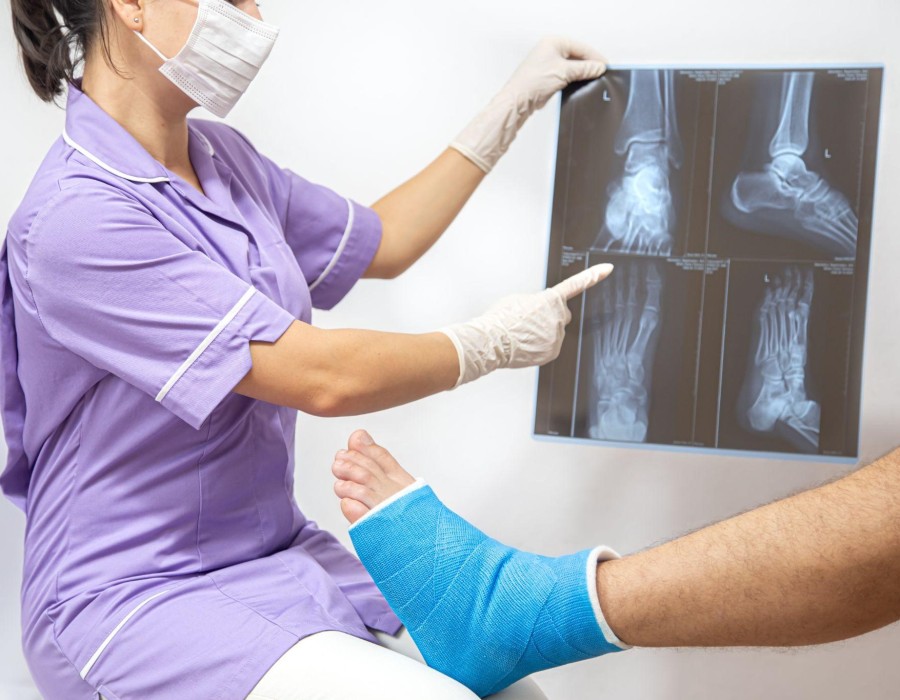Introduction:
Joint replacement surgery, also known as arthroplasty, is a transformative procedure designed to alleviate chronic joint pain, restore mobility, and improve quality of life for individuals with severe joint degeneration or damage. Whether caused by osteoarthritis, rheumatoid arthritis, injury, or other conditions, joint replacement surgery offers a solution when conservative treatments fail to provide relief. In this guide, we'll explore the intricacies of joint replacement surgery, including its indications, types, surgical techniques, recovery process, and potential benefits.
1. Indications for Joint Replacement Surgery:
- Chronic Joint Pain: Persistent pain that interferes with daily activities and quality of life, despite medication, physical therapy, and other conservative treatments.
- Loss of Function: Significant limitation in joint mobility, range of motion, and function, impacting the ability to perform simple tasks such as walking, climbing stairs, or getting up from a chair.
- Joint Deformity: Progressive joint deformities, swelling, or malalignment that affects joint stability, function, and overall mobility.
- Failed Conservative Treatments: Inadequate response to non-surgical interventions such as pain medication, corticosteroid injections, and physical therapy prompts consideration of joint replacement as a viable treatment option.
2. Types of Joint Replacement Surgery:
- Total Joint Replacement: Involves replacing both the damaged surfaces of a joint with prosthetic components, restoring function, stability, and alignment.
- Partial Joint Replacement: Involves replacing only the damaged or diseased part of a joint, preserving healthy tissue and reducing surgical invasiveness.
- Common Joint Replacements: Hip replacement, knee replacement, shoulder replacement, and elbow replacement are among the most commonly performed joint replacement surgeries.
3. Surgical Procedure:
- Preoperative Evaluation: Comprehensive assessment of the patient's medical history, joint function, imaging studies, and overall health to determine candidacy for surgery.
- Surgical Technique: Orthopedic surgeons employ precise surgical techniques to remove damaged joint surfaces and implant prosthetic components, restoring joint function, stability, and alignment.
- Anesthesia: General anesthesia or regional anesthesia (spinal or epidural) is administered to ensure patient comfort and safety during the procedure.
4. Recovery and Rehabilitation:
- Hospital Stay: Most patients undergoing joint replacement surgery stay in the hospital for a few days for pain management, monitoring, and initiation of rehabilitation.
- Physical Therapy: Customized rehabilitation programs focus on restoring joint mobility, strength, and function through targeted exercises, stretching, and functional activities.
- Home Care: Patients receive instructions on wound care, pain management, activity modification, and precautions to facilitate a smooth recovery and optimize outcomes.
5. Benefits and Outcomes:
- Pain Relief: Joint replacement surgery typically provides significant pain relief, allowing individuals to engage in daily activities with greater comfort and ease.
- Improved Mobility: Restored joint function and mobility enable patients to regain independence and participate in activities they enjoy, enhancing overall quality of life.
- Enhanced Quality of Life: By alleviating pain, improving function, and restoring mobility, joint replacement surgery can have a transformative impact on physical and emotional well-being, enabling individuals to lead active and fulfilling lives.
Conclusion:
Joint replacement surgery represents a beacon of hope for individuals suffering from chronic joint pain and dysfunction. With advancements in surgical techniques, implant materials, and postoperative care, joint replacement procedures continue to deliver excellent outcomes and restore mobility and quality of life for countless individuals. By understanding the indications, types, and recovery process associated with joint replacement surgery, patients can make informed decisions and embark on a journey toward renewed mobility, comfort, and vitality.





Comments